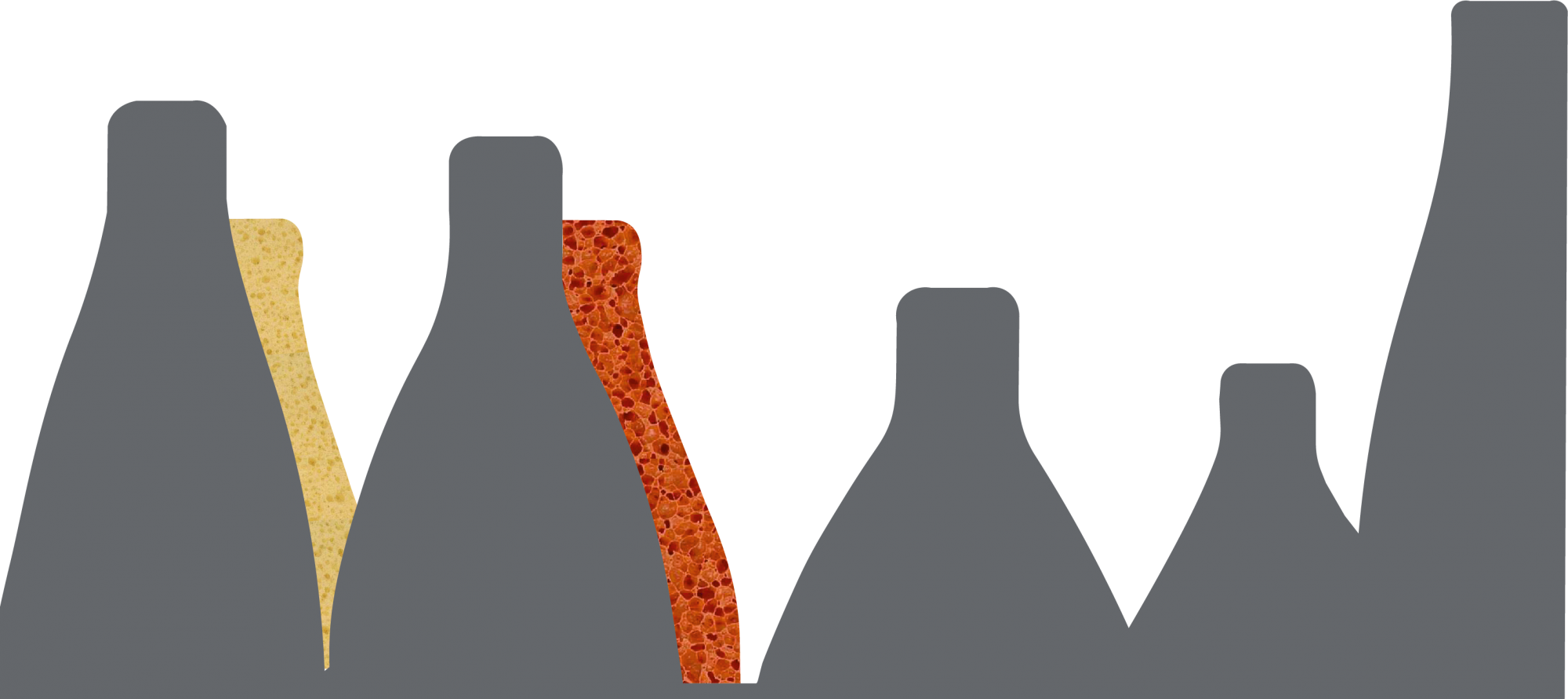Material Technical Specifications
Learn about the Technical Specifications we use to test the sustainability of our products.
Water Absorption
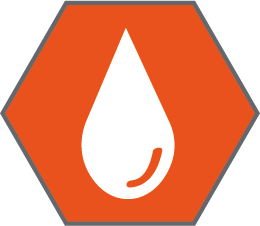
Measurement of the absorption of water in a sample, compressed and immersed in water for a given duration
Cell Count & Structure

For more than 25 years, the cellular structure and the cell size have been defined by the unit “PPI” – Pores per inch. The number of pores is counted on a standard length of 1 inch, however the pore has never been clearly defined – it can be a window or the full section of the cells.
Flammability / Heat Resistance

Flame behaviour is measured in different formulas – using a burner with calibrated flame, and also the behaviour of the foam irradiated by a radiator of 500 W for a duration of 20 minutes.
Indentation Load Deflection Hardness
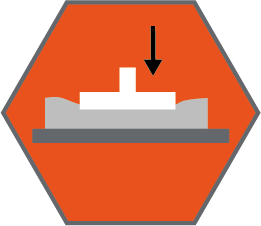
ILD is defined as the force required to compress a 380*380*50 mm piece of foam by 40% with a 200 mm diameter compression plate. Recorded in Newtons (N). Some test methods are BS4443 pt 2 method 7, ISO 2439 B.
Compression Deflection Hardness
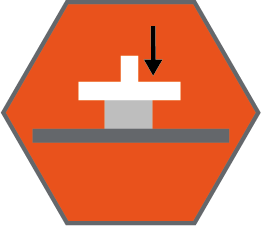
CLD is defined as the force required to compress a 100*100*50 mm piece of foam with a 200 mm diameter compression plate. The foam is compressed three times to 70% and then after the third compression, readings are taken at 60%, 40% and 25%. Recorded in kPa. Some test methods are: DIN 53577, ISO 3386/1.
Ultimate Elongation & Tensile Strength
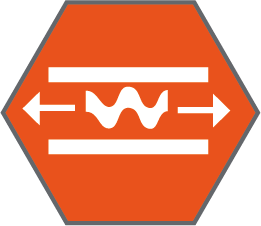
Tensile Strength kPa is defined as the maximum force reached at the point of rupture. Elongation % is defined as the measurement of elongation at the rupture point.
Tear Resistance

Determination of the maximum forces at which the tear rupture takes place. Some test methods: ASTM D 3574/F.
Density
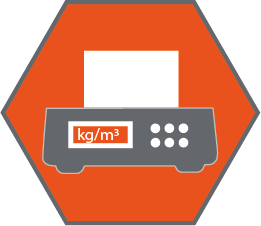
Density is defined as the mass per unit volume in air; it is measured by dividing the weight of a sample by its volume. Normally recorded in kg/m³ however the USA record theirs in lb/ft³ (to convert lb/ft³ to kg/m³, multiply the Lbs * 16). Some test methods used – ASTM D3574-91, BS4443, Din53420, ISO 845.
This information is for general guidance only and may contain inappropriate information under particular conditions of use. All recommendations and suggestions are therefore made without guarantee. Samples will be provided on request to enable customers to satisfy themselves as to the sustainability of the product for any specific purpose and to access the product under their own working conditions.
